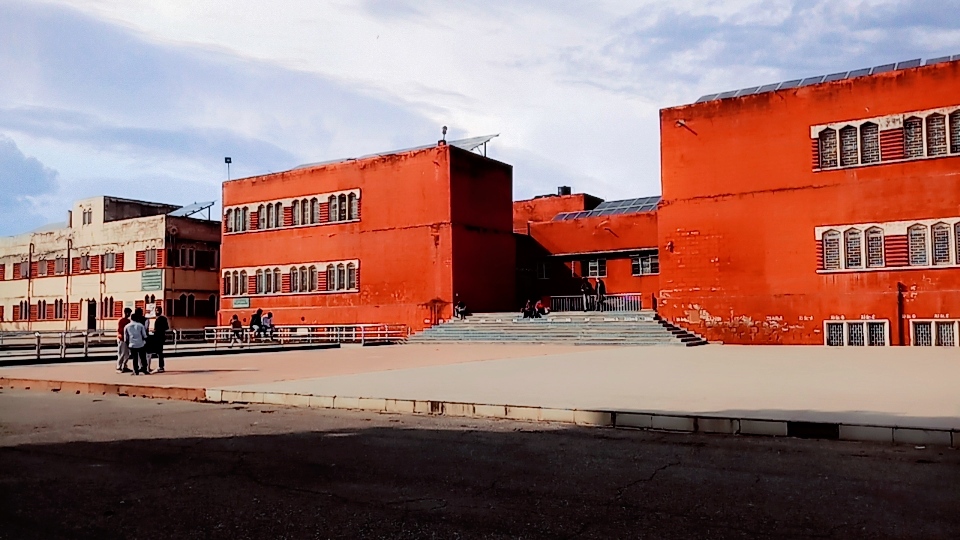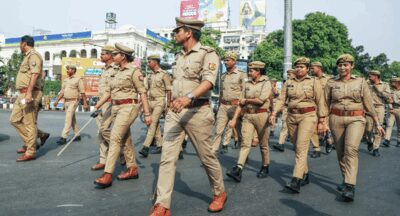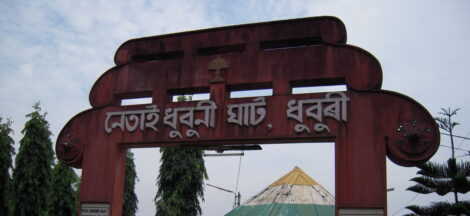The Delhi High Court has intervened in the case of 17 Jamia Millia Islamia students who were suspended for their involvement in campus protests, issuing a stay on the suspension orders. This decision comes as part of the ongoing dispute between the students and university authorities, following protests held over issues that included academic policies and campus rights.
The suspension of the students, announced by the university earlier this year, had raised concerns about the fairness of disciplinary actions, with many students and faculty members questioning the motivations behind such measures. The suspension effectively barred the students from attending classes and using campus facilities, which sparked widespread outrage both within and outside the university community. The students, who had participated in protests calling for changes to university policies, had their academic futures threatened by the suspension.
Following the High Court’s decision, the 17 students are now allowed to return to campus while the case continues to unfold. This ruling provides temporary relief for the students, who had been left uncertain about their academic prospects due to the university’s actions. The Court’s order also emphasised the need for a balanced approach to addressing student grievances and institutional discipline.
As part of the Court’s directive, the university has been instructed to form a special committee tasked with addressing the suspension issue. This committee will operate under the supervision of JMI’s Vice-Chancellor, Professor Mazhar Asif. The Vice-Chancellor will oversee the process of engaging with student representatives to ensure that all concerns are heard and addressed appropriately. This move is seen as a step towards fostering dialogue between the administration and students, with the potential to resolve the tensions that have been escalating on campus in recent months.
JMI, which has a reputation for being a progressive educational institution, has historically seen its fair share of student activism, often in response to government policies or institutional decisions. The protests in question, though initially sparked by academic concerns, have since broadened into a wider movement for student rights. The students involved have argued that their protests were within the bounds of free expression and should not result in severe punitive action.
While the university maintains that the suspensions were necessary to maintain discipline and ensure the safety and security of the campus, critics argue that such measures undermine the democratic rights of students to voice their concerns. The suspension order had led to protests not only on the Jamia campus but also garnered solidarity from other student groups across the country.
This case highlights a growing tension between university administrations and student bodies, particularly when it comes to balancing the need for institutional authority with the rights of students to engage in peaceful protests. Experts have noted that the increasing involvement of students in social and political issues, both on and off campus, is reshaping the landscape of higher education in India. Students are becoming more vocal in expressing their opinions on various matters, from education reform to government policies.
The involvement of the Delhi High Court in this case adds a significant legal dimension to the ongoing debate over student rights. The Court’s ruling underscores the importance of ensuring that due process is followed in cases involving disciplinary actions against students. It also highlights the judiciary’s role in upholding the rights of individuals, particularly when institutional decisions appear to overstep the bounds of fairness.
As the committee begins its work, attention will be focused on how the university administration and student representatives navigate the delicate balance between addressing the students’ concerns and maintaining order on campus. Many expect the formation of this committee to serve as a precedent for resolving similar conflicts in the future, where dialogue and collaboration may offer a more effective solution than punitive actions.
The developments in this case are being closely watched by student groups, legal experts, and academic institutions alike. The outcome of this dispute may influence how other universities in India approach the issue of student protests and disciplinary actions. If the committee’s work leads to a positive resolution, it could set an example of how universities can foster an environment of mutual respect and understanding, even in the midst of controversy.
For the students involved, the ruling offers hope that their voices will be heard and their rights upheld. While the suspension orders have been stayed for now, the resolution of the underlying issues may take months. The committee, which includes student representatives, will likely play a critical role in shaping the future of student activism and university governance in India.




 Language Policy Clash Escalates Between Stalin and Amit Shah
Language Policy Clash Escalates Between Stalin and Amit Shah 